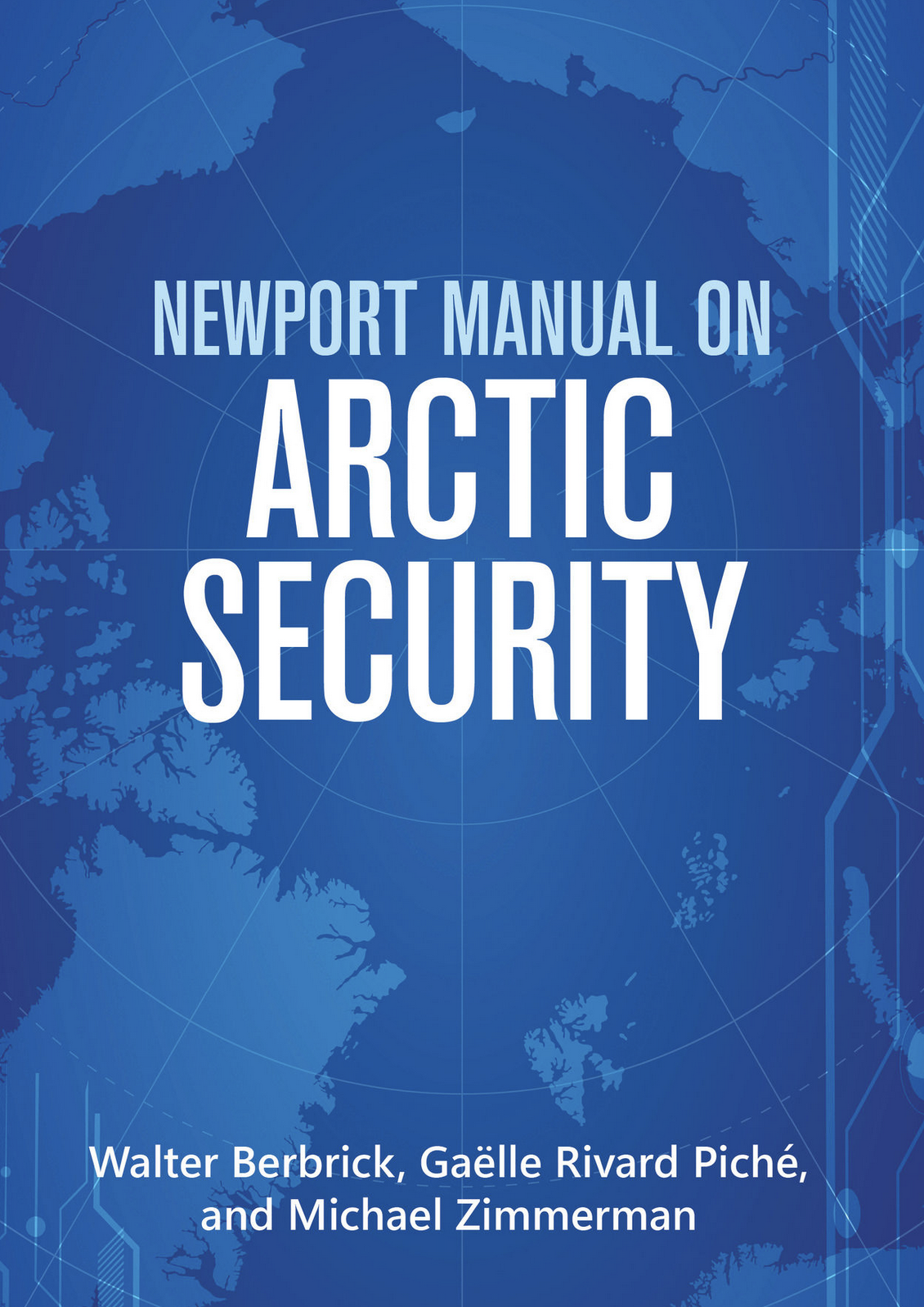Arctic Security, Defense and Co-Opetition with the Russians
In the recently published Newport Manual on Arctic Security, the authors provide on overview of the challenges facing the Arctic nations and ways they need to work together to provide for security in the region.
In the book, thirty principles are articulated for states to cooperate effectively in their management of the region and notably with regard to their maritime forces.
As the region evolves, new technologies notably autonomous systems whether in space, the air, or on the water’s surface or under the water’s surface, will become part of conflict or management of the future.
But the challenge for implementing these principles will be not only the question of the democracies working together but of the Russian role.
The democracies working together will be affected by the inclusion of Finland and Sweden in NATO.
How will the High North states rework their relationships in delivering military and security capability?
Recently, I talked with several Nordic officials who indicated that protection of infrastructure in the region will undoubtedly see expanded expanded ISR cooperation among themselves and they expected autonomous systems to play a key role.
And then there is the question of whether the United States really steps up and ends its role as the reluctant Arctic power.
While the US is only now building a polar icebreaker to be available in 2025, the Russians in the midst of the Ukrainian War have just put two more nuclear-powered ice breakers into their fleet.
And while the war in Ukraine goes on, the question of how to deal with Russia in the future looms large.
How an end to the war is managed will have a decisive effect on how the Arctic is managed.
The reality in Arctic management is precisely co-opetition with the Russians and as well with the Chinese.
As I noted in a 2014 article:
“The impact on Russia on the Arctic opening is really central. The Russian European ports can look forward to being directly connected with the Pacific ports and along the way with the growth of infrastructure, ports, facilities, and shipping.
“This transforms the Russian defense and security challenge to one of securing the trade and resource development belt. It also will see a significant upsurge over the next 30 years of traffic, commercial and military, through the area.
“It will be in Russia’s interest to build air and naval assets that can provide for the various needs for defense and security in the region. Search and rescue, communications, maritime domain awareness, significant ISR capabilities, bomber coverage, submarine and surface fleet coverage, and related efforts will become prioritized.”
So how are we going to deal with the Russians?
And this effort will be led not by the United States but by the Nordic states.
That is why one of the outcomes to the war in Ukraine — the forging of a NORDIC NATO cluster — ironically pits the Nordics directly in competition with the Russians — to sort out Arctic economic, security and defence realities.
It is part of the global strategic change we face.
Newport Manual on Arctic Security provides a helpful overview of the challenges facing the formation of a security regime for the Arctic.
The discussion of confidence building measures is a good reminder that one needs to generate these as well in terminating the war in Ukraine, for there is broader set of security challenges requiring Russian engagement as we face the future.

